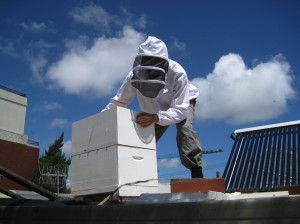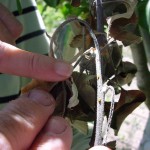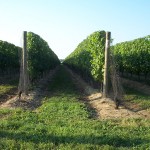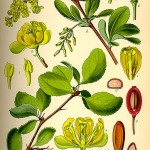Navigation
-
Recent Posts
February 11, 2014
When Rouen decided to get rid of the barberry bushes….
December 15, 2013
Archive of Posts
As populations around the world grow, many rural communities are turning towards short-cycle livestock species that are easy and cheap to rear because they can adapt to a range of environments and diets. Mini-livestock farming has been practiced for centuries, and the rearing and keeping of both vertebrates and invertebrates (e.g. snails, bees and a range of edible insects, poultry, rabbits and guinea pigs) in both urban and peri-urban areas is a well-documented sustainable practice. These additional protein sources can contribute to poverty alleviation and social integration in many developing countries. It is particularly well suited as an income generating activity for women and young adults, the unemployed and the landless. In the developed world, it reflects a need to reconnect with nature and a wish to claim back ownership and control of food systems.
Beekeeping has perhaps the most potential of all mini-livestock activities and it has been shown to double farmers’ income in some developing countries.
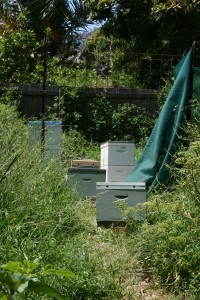
Perched on roof tops or tucked away in backyards or gardens, hives are always fun to keep, as long as the nieghbours are aware of their presence and that swarming is controlled.
Over the past 20 years, urban beekeeping has been soaring worldwide. Beehives are now seen perched on famous buildings of most capitals. Greater London boasts an estimated 3,600 hives and Paris over 300 in its 20 arrondissements alone. Urban beekeeping has been going on for centuries, as churches used to keep hives to produce honey and extract the precious wax for candle making.
If urban beekeeping has been part of the tradition in the old world for a long time, the new world has only recently joined the trend and Australia is catching up very quickly.

